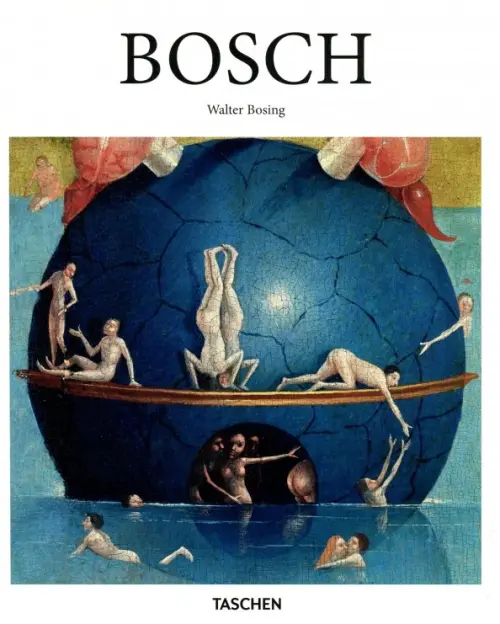
Bosch
Between Heaven and Hell: The pictorial world of Hieronymus Bosch If Hieronymus Bosch (1450-1516) remains an enigma today, it is little wonder. Even his contemporaries found the Netherlandish painter's work difficult to decipher - and it still presents riddles to contemporary art historians. Part of the problem in decoding his shocking and richly allegorical paintings is that virtually nothing is known of the artist himself, apart from his birthplace. There is no record of his life or training, no personal letters, diaries or notebooks, and no contemporary insights into his personality or thoughts on the meaning of his art. Even his date of birth can only be guessed at, and that based on a drawing assumed to be a self-portrait, made shortly before his death in 1516, which supposedly shows the artist in his late sixties. Bosch remains as mysterious as the worlds he painted.Although rooted in the Old Netherlandish tradition, Bosch developed a highly subjective, richly suggestive formal language. With a mixture of religious humility and satanic wit, he illustrated both the joys of heaven and the cruelly imaginative tortures of hell. In his pictorial world teeming with surrealistic nightmares, the medieval imagination catches fire in a moment of final brilliance before succumbing to humanism and modern rationalism. Though the man himself remains a mystery, this book pulls together the elusive threads of Bosch's entire oeuvre into a cohesive and comprehensive analysis of his visionary work and methods.



 Каталог товаров broE.ru
Каталог товаров broE.ru